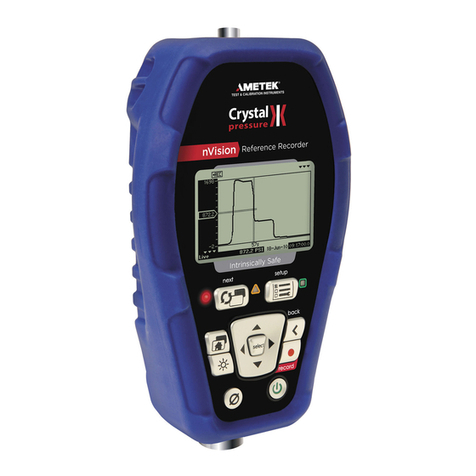
TR-2100 User Manual 2
Triggered Records
When an abnormal event is detected, the analogue inputs and the digital switch data are
stored in the TR-2100's memory. The stored data includes a period of time starting before
the event occurs, until after conditions have returned to normal. This data frame constitutes a
data record that may be printed in a graphical form with some initial measurements of the
transient event.
Loggers
The input voltages and currents to the TR-2100 are recorded as a maximum, minimum and
average RMS value every minute. The maximum, minimum and average frequency of two
selected channels is also recorded. The TR-2100 is fitted with a large hard drive and this log
will save data for 52 weeks before the data is overwritten. Selected blocks of data can be
downloaded from the TR-2100 for graphical display.
As an option, all the inputs values can be saved every other cycle (1/2 the system line
frequency) in a disturbance logger. This provides a continuous record for the previous 2
weeks. Harmonic, imbalance and energy data are also recorded in separate logs. These can
be recovered separately or together.
Power Quality Monitor
The TR-2100 can also record the harmonic profile of voltage or current inputs over a set
interval. This is used to measure trends with time or compare harmonic distortion at
different locations. There are a number of features as part of Display Station that allow
harmonic and other power quality data to be viewed.
Voltage dips can be classified by depth and duration to provide a profile of substation
performance. This can be used to compare performance at different sites, and show trends
with time.
The TR-2100 has a sensitive THD trigger mode that allows very subtle voltage distortions to
be recorded, which would otherwise be missed using normal triggering methods. This can
indicate progressive faults before they cause a serious problem.
Transducers
The TR-2100 computes a wide range of values from the recorded voltages and currents.
External transducers may be connected to the TR-2100 to extend the range of functions.
These could include pressure, temperature & position etc.




























